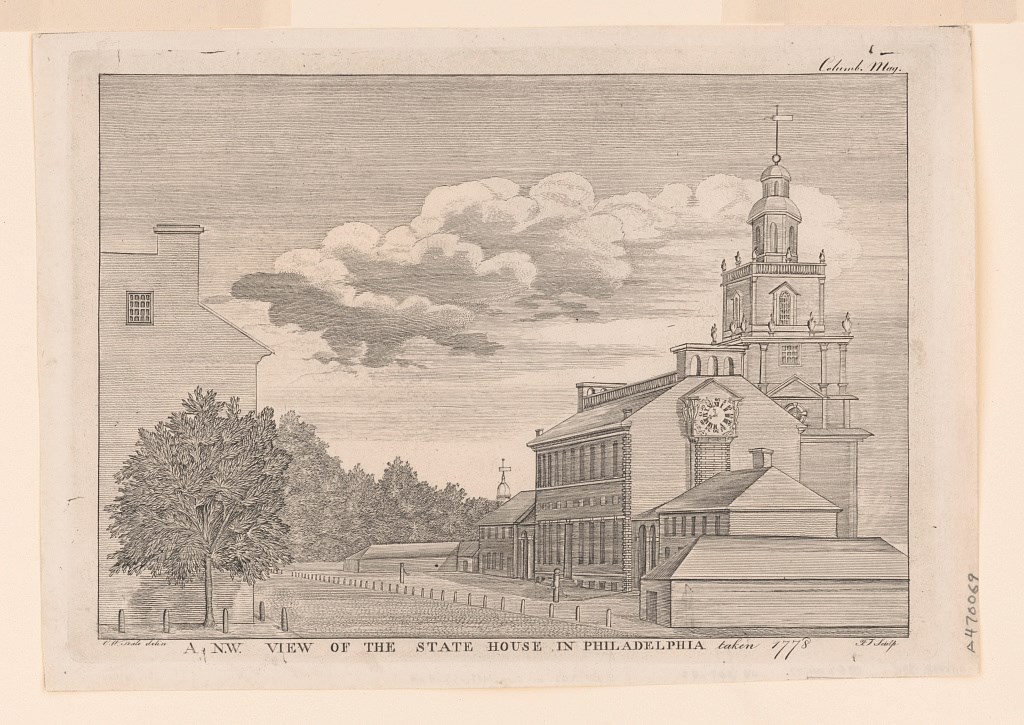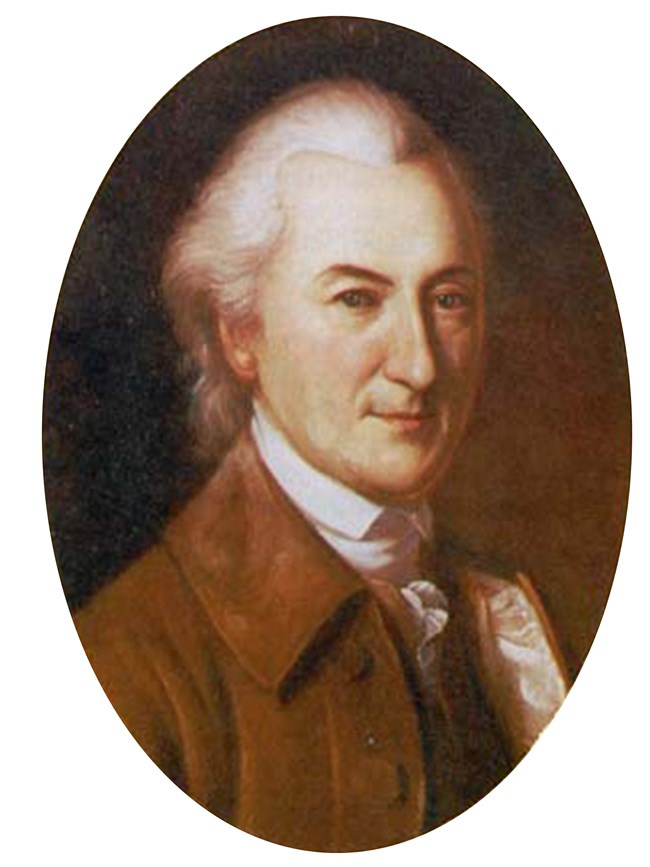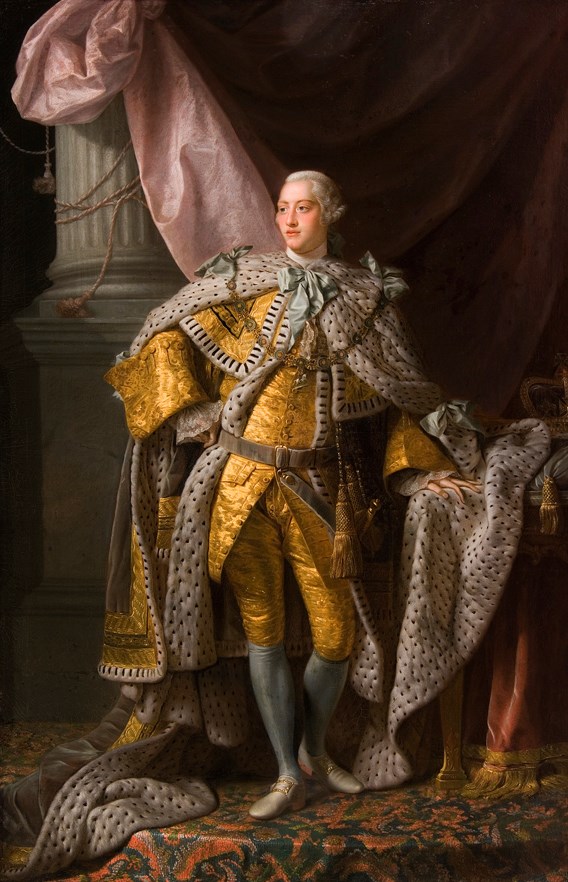Last updated: June 6, 2025
Article
The Olive Branch Petition

Library of Congress
A Last Hope for Peace
July 5, 1775—the Olive Branch Petition was signed in the Assembly Room of Independence Hall. The petition was an attempt to stave off war in the aftermath of the armed conflict in Lexington and Concord, Massachusettes. In less than a years time, many of these same men would return to Independence Hall to approve the Declaration of Independence.
Portrait of John Dickinson, American politician
Drafting the Olive Branch Petition
Although fighting had already begun, many in Philadelphia didn't support independence. The Second Continental Congress formed a committee to draft the Olive Branch Petition, a formal appeal to King George III.Committee members included:
- John Dickinson
- Benjamin Franklin
- John Jay
- Thomas Jefferson
- John Rutledge
Some in congress blamed Parliament for unpopular policies like the Stamp Act, the Tea Act, and the Currency Act. They hoped that an appeal to the king would open negotiations to reach a peaceful settlement. Dickinson warned fellow congress member, Arthur Lee, that if the king were to "reject this application with contempt . . . [it] will confirm the minds of our countrymen to endure all the misfortunes that may attend the contest."

Courtesy of Pennsylvania Academy of Fine Arts
Dispatching the Olive Branch Petition
Congress had adopted the Olive Branch Petition on July 5, 1775, and representatives of twelve colonies (Georgia had not yet arrived) signed the the petition on July 8 in the Assembly Room of Independence Hall. The formal petition was then entrusted in the care of Richard Penn, a former Governor of Pennsylvania, and Arthur Lee for the long journey to London. The two men presented the petition on September 1, to British Colonial Secretary Lord Dartmouth. Penn and Lee informed congress that they had pressed Lord Dartmouth for an answer and were told "that as his Majesty did not receive it on the throne, no answer would be given."The efforts of congress and John Dickinson to affect a resolution to the escalating crisis were in vain—the Olive Branch Petition arrived too late. King George III declared the colonies to be in a state of "open and avowed rebellion."
